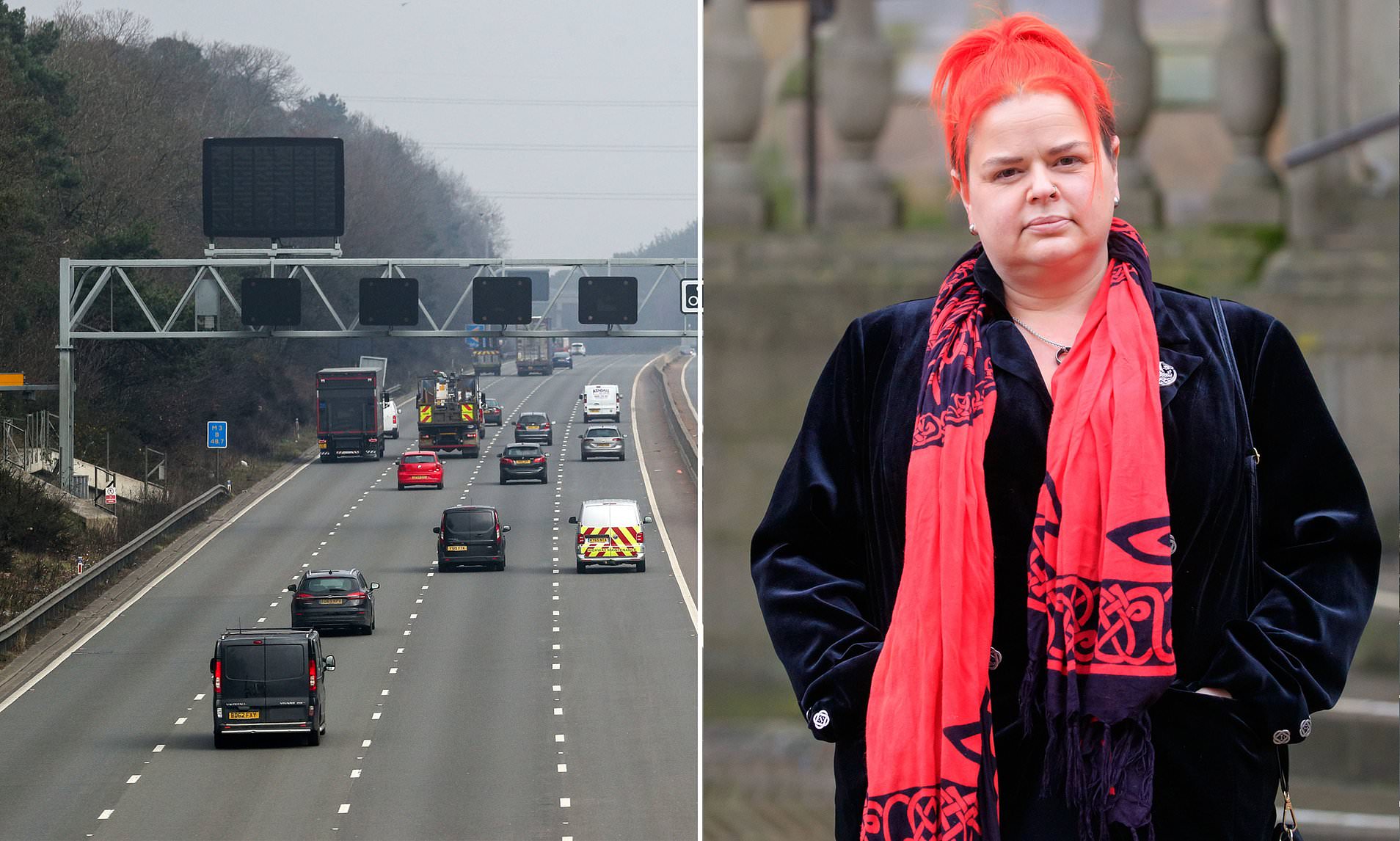
FAILURE IN SMART MOTORWAY TECHNOLOGY SAW MOTORISTS' LIVES PUT AT RISK
Engineers were forced to limit traffic speeds to 60mph as they worked to identify and resolve the fault, which caused the stopped vehicle detection (SVD) radar to shut down across vast areas of the country.
According to a National Highways spokesman, the ‘intermittent fault’ was first identified at 4:30 PM on Sunday between junctions 13 and 15 of the M1.
The system was restored by 1:15 PM on Monday, with ongoing efforts to prevent a recurrence.
The SVD failures prompted all seven regional control centers to be put on alert, as the issue affected various sections of smart motorways nationwide. These motorways have eliminated the hard shoulder, converting it into an additional lane.
The whistleblower, who spoke anonymously, told the Telegraph: ‘Stopped vehicle detection had a catastrophic failure on all smart motorways for some of the weekend and into Monday. National Highways did not tell the public what had happened.’ The informant said motorists should have been informed that National Highways’ safety technology was ‘down’ and anyone stranded in a live lane was at significant risk.
SVD technology uses radar to alert National Highways control room staff when a vehicle has stopped in a live lane. Controllers then activate a ‘red X’ sign on overhead gantries to warn drivers to avoid the affected lane, while CCTV is used to monitor the situation.
A recent freedom of information request by Panorama revealed 174 power outages affecting vital smart motorway safety equipment in the six months leading to February 2024.
Claire Mercer, who founded the campaign group Smart Motorways Kill after her husband died on a smart motorway where the hard shoulder had been removed, said: ‘This latest failing is yet more proof that smart motorways are only smart when all the technology is working, which doesn’t seem very often.. When it doesn’t work, they are dumb motorways.
‘In this instance, the public was not informed that motorists could be stranded in life and death situations and would not be spotted by SVD radar and not be helped.
‘We know that many of the deaths on smart motorways occur when lorries, which are limited to speeds of up to 60mph, hit stationary vehicles stuck in live lanes.’ She added that imposing a 60mph speed limit during this latest technology failing would not have prevented most of the deaths that occur when the safety of the hard shoulder is removed.
She said: ‘The only solution is to restore the hard shoulder to keep the motoring public safe.’ A National Highways spokesman responded: ‘Stopped vehicle detection systems have been fully restored following intermittent issues experienced over the weekend. To ensure the ongoing safety of road users, 60mph speed restrictions were put in place while we investigated and solved the issues we were experiencing.
‘We have well-rehearsed plans and mitigations in place to deal with such scenarios, including extra traffic officer patrols, CCTV monitoring, and the setting of reduced speed limits.’ He added that ‘at no point’ did the entire SVD system go offline, and noted roadworks to install more emergency refuge areas meant much of the 250 miles of smart motorway already had a 50mph speed limit in place, with only 35 miles of ‘all lane running’ routes needing the 60mph emergency limit.
Read more 2024-06-27T15:44:07Z dg43tfdfdgfd